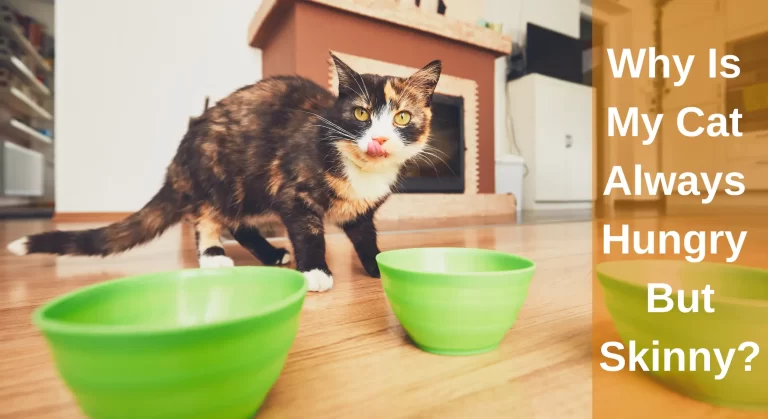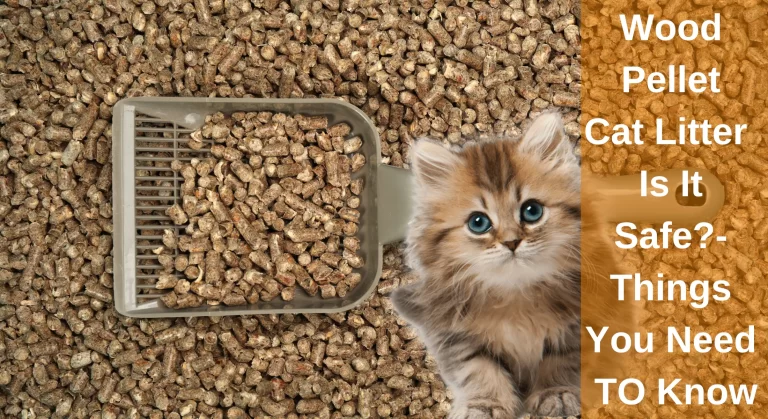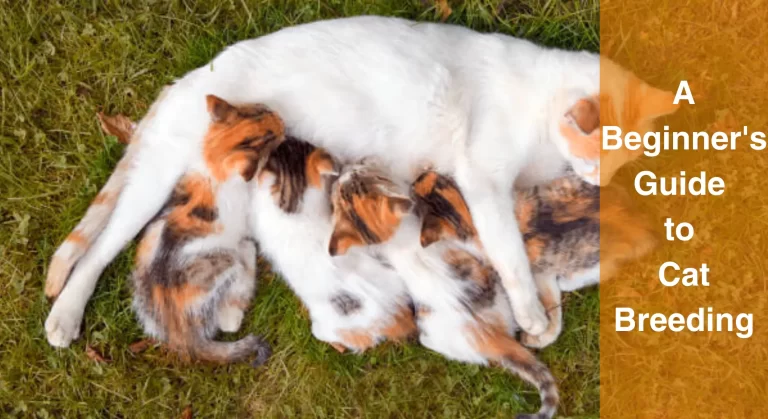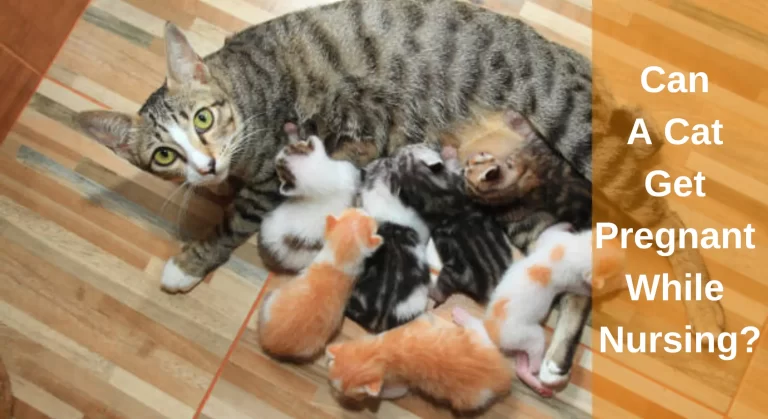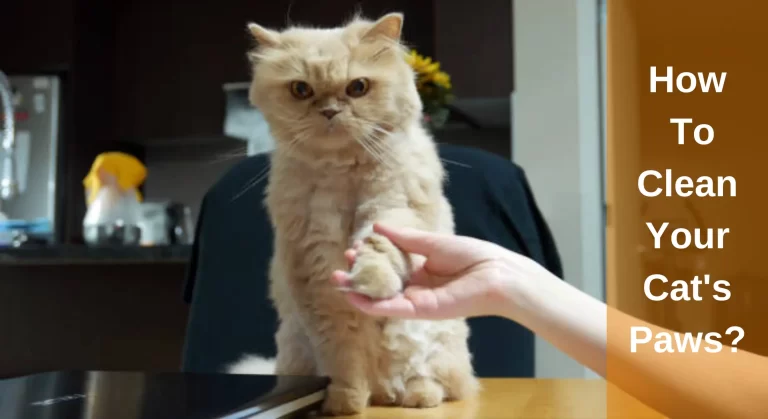Does My Cat Have Allergies or a Cold? Find Out Here
As a cat parent, it is important to recognize the signs and symptoms that indicate your feline friend may be feeling under the weather so that veterinary care can be given as soon as possible.
Your cat has been sneezing more frequently and has a runny nose and watery eyes. These are typical symptoms of an upper respiratory infection (URI), sometimes known as a “cold” in people. Cats may get colds from several infections, many of which are pretty infectious. There are specific steps to determine whether my cat have allergies or a cold when it sneezes or coughs. Keep track of the times when the cat’s symptoms are the worst, keep an eye out for skin rashes or stomach issues, and, if all else fails, see a doctor for advice.
This article will briefly describe each ailment and discuss if you have to take your cat to the doctor for treatment. Learn more about cat allergies in the following paragraphs, including their causes, symptoms, treatments, and prevention.
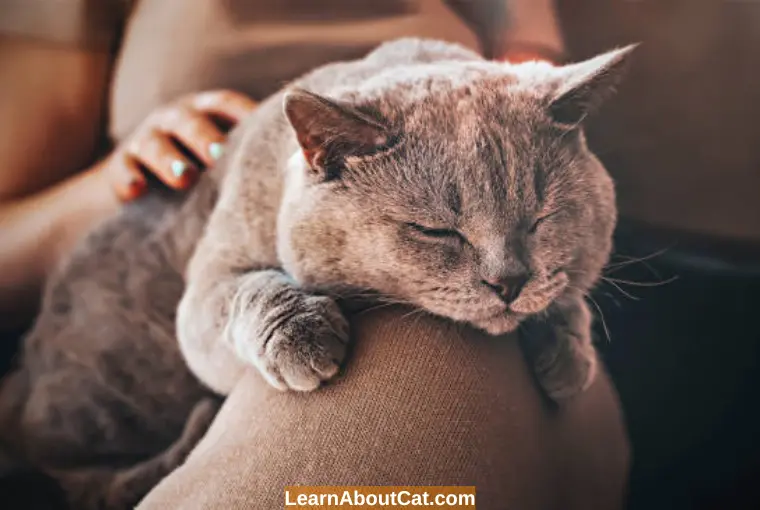
What Allergic Reactions Do Cats Have? Symptoms of Allergies in Cats
Cats can develop allergies to numerous items in their surroundings, just like humans can. The most frequent allergic responses are brought on by sensitivity to specific foods, flea bites, or environmental elements (like pollen or dust, for example).
Your cat’s body gets rid of an allergy as rapidly as possible when it comes into touch with it. This is what contributes to the wide range of allergic symptomologies.
Cats most frequently experience the following signs:
- Infected ears
- Wet, itchy eyes
- Snoring
- Sneeze and coughing
- Diarrhoea and vomiting
- Enlarged, delicate paws
- Dry or red skin
- Extraordinary grooming
- Scratching
Cat allergy symptoms may begin immediately or take many hours to manifest. A cat’s presence causes significant flare-ups in 20% to 30% of patients with allergic asthma.
What Are Colds In Cats?
A combination of cat symptoms is collectively considered a “cat cold”. It is typically brought on by a virus or bacteria infecting cats and is comparable to the common human cold.
How Cats Get A Cold
Several viruses and bacteria can cause cat colds, commonly spread between cats by sneezing droplets. Cats that spend most of their time outside are much more likely to catch a cold as they are often in contact with other cats.
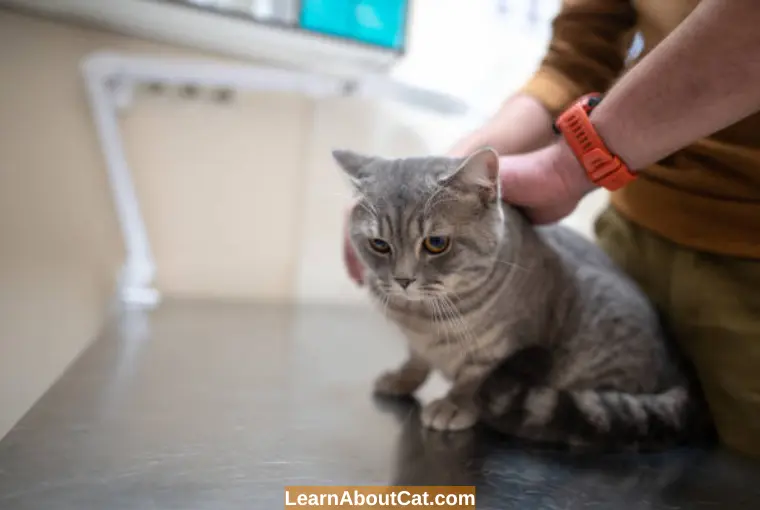
What are the Symptoms of Cats Colds?
Feline upper respiratory infections (FURI), sometimes known as cat colds, are frequent in cats and resemble human colds in many ways. Various bacteria and viruses can bring on these infections, but they are often not life-threatening.
One of the first things you may notice is that your cat has watery eyes and sneezes constantly. The symptoms and severity of cat colds can vary widely.
Other symptoms also start to show up after 24 hours. These may consist of the following:
- Runny nose
- Coughing
- Dehydration
- Sneezing
- Appetite Loss
- Fever
- Congestion or mouth-opening breathing
Causes of Cat Colds
Cats commonly get colds when infected with viruses (viral infections), but they can also catch them from bacteria. Feline herpesvirus and feline calicivirus are two of the most common causes of cat colds.
How Do I Know If My Cat Has Allergy or Cold?
The symptoms of allergies and cat colds sometimes coincide. For instance, it is typical to observe a cat coughing in both circumstances without bringing up a hairball. Sneezing, wheezing, and watery eyes are symptoms shared by both colds and allergies. How can you know which issues your cat is facing?

Your cat could occasionally only display signs of one of the two diseases. For instance, your cat is likely suffering from a cold if it is sluggish and has a fever because allergies do not impact body temperature.
However, there are three quick techniques to distinguish between allergies and colds:
1. Considering When Symptoms Get Worse
Try to keep track of the times your cat’s symptoms are at their worst. While cold cat symptoms are constant (at least until the virus has subsided), allergy symptoms fluctuate depending on how often your cat is exposed to the allergen.
The severity of their symptoms increases with the level of the allergen in the surroundings. For instance, my cat’s allergies flare up immediately after eating chicken, but yours may happen when your cat uses the litter box (litter allergy) or in the summer (hay fever).
2. Skin Irritation or Digestive Discomfort Symptoms
There are two noticeable symptoms that aren’t present in either condition: skin irritation and stomach distress, which can be brought on by specific allergies but are never brought on by a cat cold. As a result, you are almost always dealing with an allergic response if your cat has a dry nose, isn’t eating, is throwing up, has red eyes, or has scabby skin.
It would help if you were warned, though, that colds can also result in the development of mouth ulcers, which would hurt your cat to eat. Given that it may cause a decrease in appetite, much like allergies, I have mistaken this for evidence that my cat had an allergy.
3. Get a Veterinary Professional’s help
Get a professional opinion from your vet for the most precise method to tell whether your cat has allergies or a cold. As your veterinarian can do several tests that will give your cat an official diagnosis, This is the only way to know what problem you are dealing with.
Your veterinarian must determine which bacteria or virus to blame for diagnosing a cat cold. A conjunctival scraping can be used to determine if a bacterial infection is present or not, whereas cell samples collected from your cat’s eyes, nose, or throat often show the source if it is viral. Blood or skin tests will be used to test for allergies instead.
Should I Visit the Vet with My Cat?
The best action is to take your pet to the doctor, whether she has allergies or a cold. This is particularly true if your cat is sluggish and breathing heavily. Even though these might be cold symptoms, they could also result from a more serious medical condition, including congestive heart failure.

In any case, your veterinarian may assist in reducing your cat’s discomfort and enhancing its quality of life. If your cat has allergies, they’ll probably advise you to keep them away from the allergen and prescribe a daily medicine (such as antihistamines or cortisone pills). They may also recommend drugs if your cat has asthma and is breathing quickly.
Frequently Asked Questions
Do cat colds go away on their own?
Most healthy cats recover from a cat cold without medical treatment within seven to ten days. But if the cat’s cold isn’t getting better or is experiencing more severe symptoms, you should take them to the vet.
How do indoor cats get colds?
A cat usually contracts a cold by being close to another cat who is already sick. The virus can spread through air or water.
How can I treat my cat’s cold at home?
Your cat will recover from a cold faster if it is healthy and can perform normal daily activities such as eating, drinking, urinating, and pooping normally. The simplest way to help your cat recover from a cold is to use steam therapy in a hot shower, a humidifier if your air is dry, and reduce stress at home.
Can indoor cats have allergies?
Seasonal allergies can affect indoor cats. Pollen, mould, and dust mites are all airborne allergens that can affect cats.
The Bottom Line on My Cat Have Allergies or a Cold
Cats frequently have allergies and colds, which share symptoms including sneezing and coughing. As a result, it may be challenging to determine what is wrong with your pet.
Which is worse, allergies or a cold in a cat? is never simple to answer. Still, three options can be helpful:
- Observe when your cat’s symptoms are at their worst.
- Keep an eye out for skin irritation and stomach distress indicators.
- Ask your veterinarian for guidance.
The only way to be sure of what you’re dealing with is to choose the last choice.
Who is Isabella?
My name is Isabella, and I am a dedicated and knowledgeable cat enthusiast. With years of experience caring for cats and a deep love for felines, I made a mission to help other cat lovers navigate the challenges of cat ownership.


